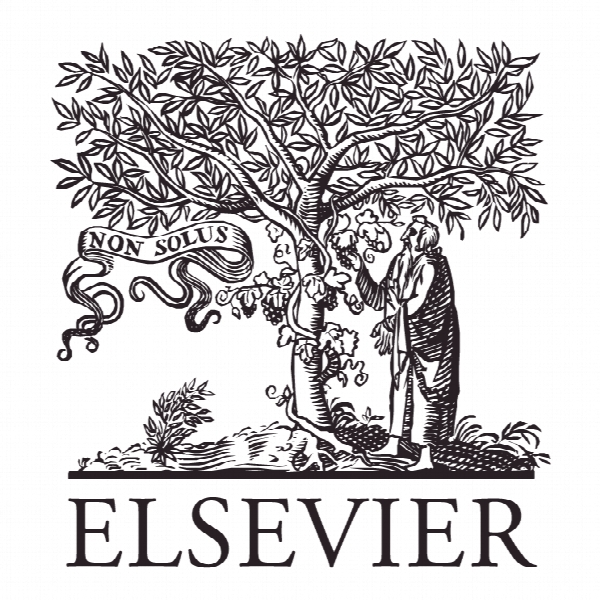تجزیه و تحلیل داده های متریک بافت شهری برای شهرهای هوشمند Data analytics of urban fabric metrics for smart cites
- نوع فایل : کتاب
- زبان : انگلیسی
- ناشر : Elsevier
- چاپ و سال / کشور: 2018
توضیحات
رشته های مرتبط مهندسی معماری
گرایش های مرتبط شهرسازی، طراحی شهری
مجله نسل آینده سیستم های کامپیوتری – Future Generation Computer Systems
دانشگاه School of Urban Design – Wuhan University – China
منتشر شده در نشریه الزویر
کلمات کلیدی انگلیسی urban morphology, urban fabric, block unit, clustering, data mining
گرایش های مرتبط شهرسازی، طراحی شهری
مجله نسل آینده سیستم های کامپیوتری – Future Generation Computer Systems
دانشگاه School of Urban Design – Wuhan University – China
منتشر شده در نشریه الزویر
کلمات کلیدی انگلیسی urban morphology, urban fabric, block unit, clustering, data mining
Description
1. INTRODUCTION Urban fabric not only embodies the characteristics of environmental structure for a certain period but also contains profound social and economic relations. A large amount of information flow that mirrors history, politics, economy and culture has been materialized and preserved through the characteristics of urban fabric and evolved into the essential history of urban development. Since the 1980s, the urbanization rate in China has increased from approximately 20% to more than 50% [Peng 2011; Bai et al. 2014]. Along with the large scale and high speed of development, the urban fabric of many Chinese cities has been destroyed. For instance, continuity and integrity of the cityscape has been weakened, urban characteristics have been gradually lost, the quality of urban space has sharply declined, and the function of the urban fabric as the organization of public activities has been increasingly weakened. Therefore, a series of urban problems have forced people to think about how to operate cities in a smart way. Since 1990s, the Smart Growth Movement has gradually received global attention and developed as a new paradigm of Smart Cities (SCs) [Harrison & Donnelly, 2011]. Although it is difficult to have a clear consensus on the term SC and what its defining attributes are, there is widespread agreement about the fact that SCs are characterized by a pervasive use of information and communication technologies (ICTs), which, in various urban domains, help cities make better use of their resources [Neirotti et al., 2014]. However, the meaning of smartness in the urban or metropolitan context not only entails utilizing cutting-edge ICTs but also focuses on the ultimate purpose of using them, as understanding the nature of the urban form to improve city livability [Nam & Pardo, 2011]. Therefore, the adoption of smart technology benefits urban management and relevant policy making. Machine learning is one of the growing ICTs that could be very beneficial for this requirement.


